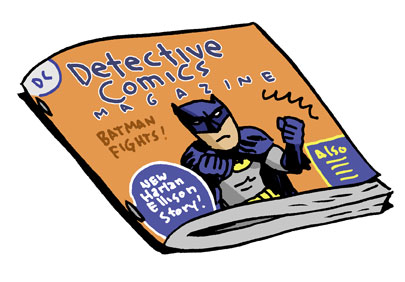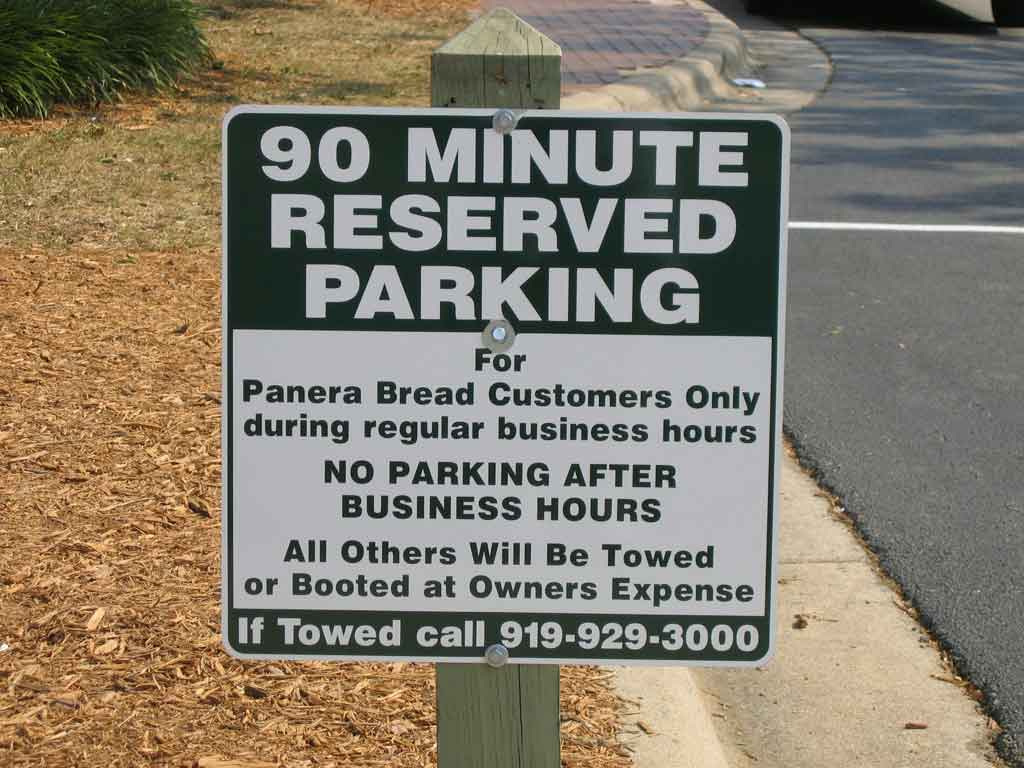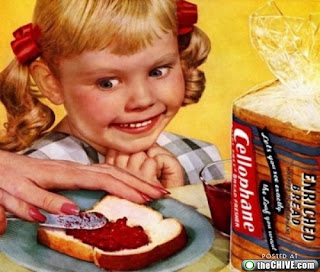For a period of around 6 months, I was tweeting several times a day. At first is was all the regular boring stuff like "I'm hungry" or "Watching day time television, I heart Maury" ok so the last statement was a lie but I was another one of those useless twiple (twitter people) that babbled on about nothing until I started following people who actually had something to say. I felt bad that I didn't have anything to say so I stopped talking about what I was eating for lunch and started talking about design and movies and sharing opinions/information on topics that other people might find relevant. That opened up my world and I wanted to explore more uses for this blub-blog phenomenon.
So without further ado and in no particular order, here's the list:
1. Breaking News
Because of Twitter's constant stream of information, it's practically a news wire. Reliable and questionable sources alike post "news" from around the globe on a 24hr basis, in some instances a big story may break on Twitter before the anchors behind the desk at CNN even get a flash. Realizing this Twitter actually has a thread set up just for getting the latest news. If you like to be in the International-Know then you may have hit the jackpot.
2. Link Sharing
This was one of my favorite parts of Twitter. Since I followed a lot of designers, they were always sharing links to their latest work, good inspiration places or just free stuff. It can take a lot of time to root out good, free, design resources online, but with someone practically spoon feeding it to me, I had more time to focus on work and my blog. Even if you aren't in the market for information, link sharing can benefit your business by driving traffic to your site.
3. Corporate Communication
One of the companies I follow on my twitter account is Popeye's chicken. I know it sounds silly but they're one of the few national chains who are using Twitter effectively as a means of corporate communication. They engage customers in "conversation" and announce special deals online that are too time sensitive for an email or similar campaign.
4. Trend Alerts
In case you aren't all that familiar with Twitter, there's something called a Trending Topic that indicates what most people are talking about right that moment. People who's jobs depend on "keeping their finger on the pulse" of something or other can and usually do make good use of this feature. Anything from which person most people are considering casting their vote for on American Idol to World Series favorites can be found within the millions of tiny posts happening every second on Twitter.
5. Networking
Connecting to people and having them connect to you is what networking is all about. Twitter makes it easy for you to link up with potential customers, clients or business partners and see what's going on in their world. Making yourself more involved can pay off...big time.
6. Creating Specialty Communities
If you like gardening, you can follow a bunch of accomplished gardeners, a local greenhouse, a plant nursery, and an organic seed company if you wish to create your own little news feed of things relevant to you. Twitter allows you to personalize lots of mini news feeds for all your different interests.
7. Job Pulse
Finding a new line of work or hiring a new employee with Twitter has become so popular that instead of just searching for the tag #jobs an entirely separate search engine has been created to help jobseekers find gainful employment.
8. Personal Branding
One of the things that creatives do well is personal branding. Writers, photographers and designers are all using twitter to stay in touch, share their work and promote their personal brand. Everything from the way they write their tweets to the profile background speaks volumes. If you are your business, hype you, and let Twitter do all the heavy lifting.
9. Live from New York It's....
Twitter has the ability to provide great play by play action, whether its a football game or a conference. Because of its brief and immediate nature--and the fact you can tweet from your phone--live "simulcast" accounts of events can be given with ease.
10. Sell
After my journey of self discovery with Twitter, I finally found its best use for me--selling. I design a line of Anime inspired Tshirts and since most of my followers were interested in the same things, I started posting links to my Zazzle Store for people to check out my new creations. It actually boosted my sales a bit and it didn't cost me a penny.
After all the nice things I've said about Twitter, I should add that I logged in just a few days ago for the first time in almost two months. Which brings me to my next point, if you decided to use Twitter for a business reason, don't follow my example, you have to make a continuous schedule and stick to it. To have an abandoned and dilapidated twitter account connected with your business speaks volumes, negative, negative volumes.
Additional Reading (Articles are from 2007-2009 at the hieght of Twitter popularity)









